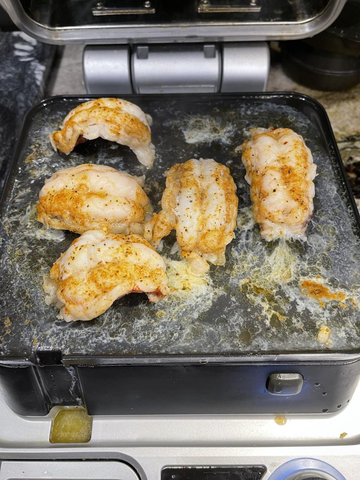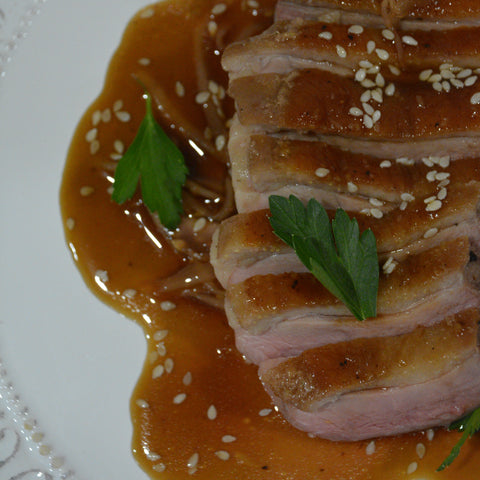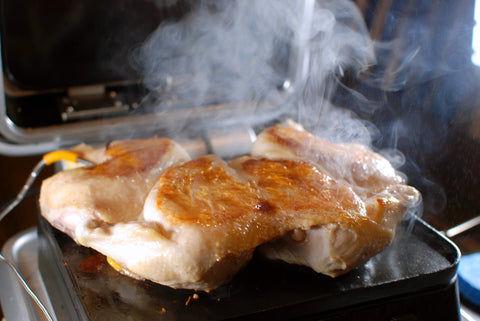
The Direct Sear Method
We denizens of the Cinder Grill community are familiar with the Reverse Sear Method. It's the Cinder's standard cooking method, in which meat is brought to the desired internal temperature and then seared. This reliably produces tender juicy beef and other meats. However, as its name implies, the Reverse Sear Method is based on an earlier method, the Direct Sear Method. The Reverse Sear is the best cooking method for many cuts, especially well marbled cuts and others with a varied internal structure. In contrast, the Direct Sear can work wonders on delicate cuts with a uniform structure, most notably tenderloin.
How the Direct Sear Works
On the face of it, the Direct Sear is as simple as its title. The meat is first seared, then cooked. However, in practice it’s a little more complex than this. Searing requires fairly high heat, at least 400 degrees if not more, and all that heat can be harnessed towards further cooking. If a piece of meat is seared and then left to sit on the hot surface, especially a delicate cut with a fairly uniform interior structure, the heat can diffuse inwards. This raises the internal temperature of the meat gently and evenly. A little patience and a little science combine to produce incredibly tender juicy beef, or whatever kind of meat you're cooking.
The Best Cooking Method: The Reverse Sear
If the Direct Sear has such benefits, why do we use the Reverse Sear? The phrase 'uniform interior' provides an important clue. Most cuts of meat, especially well marbled meat and cuts composed of several muscles, have a varied interior instead. For such cuts, raising the interior to the desired temperature provides time and warmth to soften and melt the fat and connective tissue around the muscle tissue interlocked with them. This makes the Reverse Sear the best cooking method for well marbled meat.
The Best Cooking Method: The Direct Sear
In contrast with marbled, varied cuts, delicate cuts such as tenderloin and other lean, even-textured meats, benefit from the Direct Sear. Their texture makes them able to absorb heat uniformly from a surface application, rather than needing heating all the way through. In fact, they often absorb heat better from a surface application, and don’t need the careful settings that are part of the Reverse Sear method. All they need is enough heat and time to firm up just enough to be tasty, which the Direct Sear method provides.
Tender Juicy Beef, Recipes, and More
The Cinder Grill, of course, can handle both cooking methods. Check out our recipes for the Chateaubriand Roast, Roasted Frenched Rack of Lamb, and Whole Duck Roast. Whichever way you choose to cook your meat, the Cinder Grill will provide you tender juicy beef every time!



